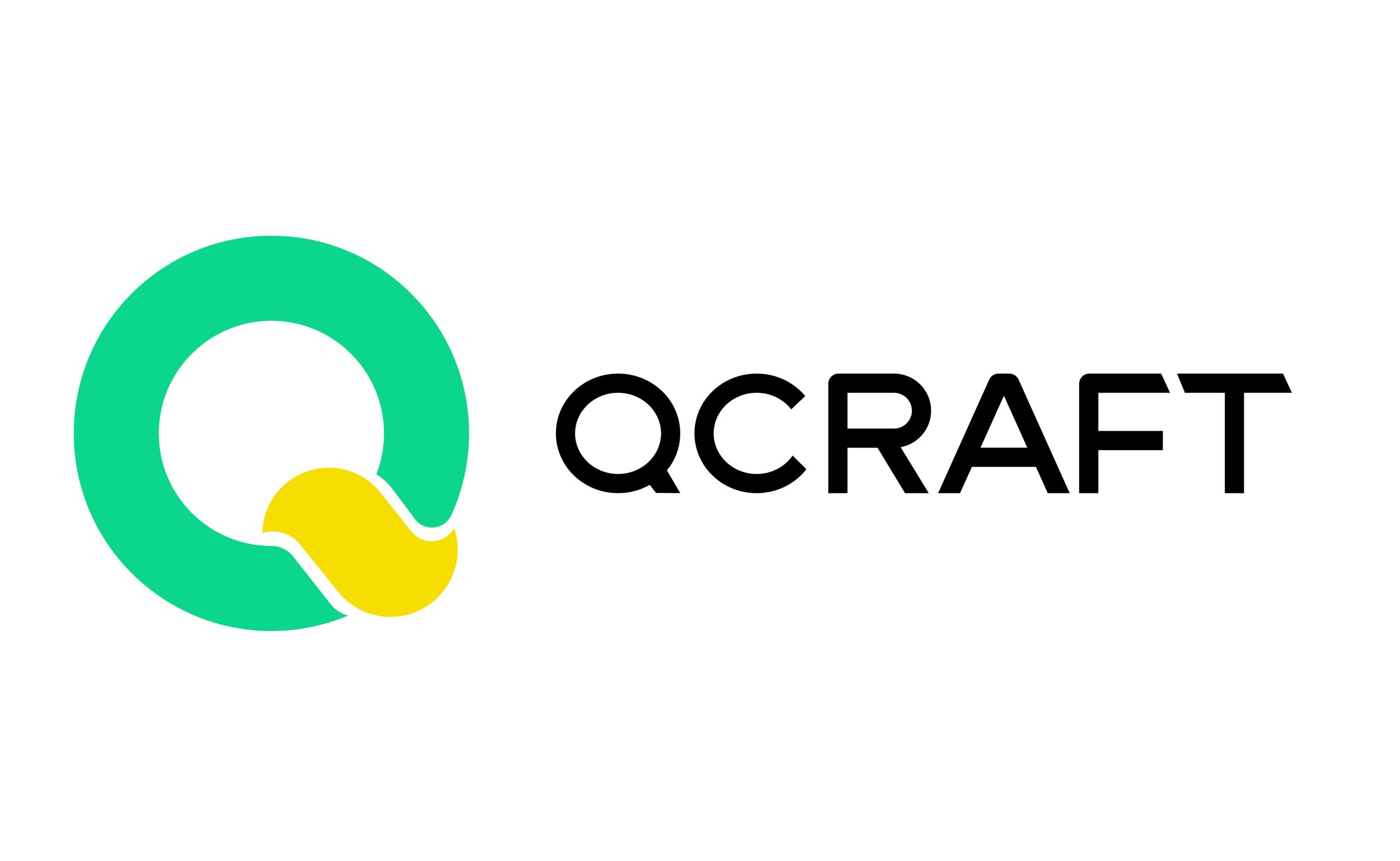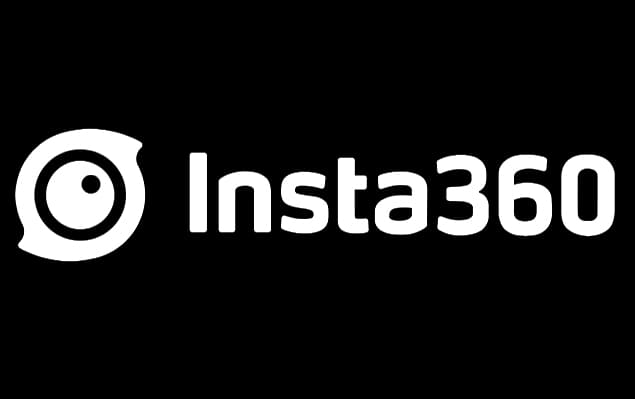The Hong Kong Monetary Authority (HKMA) is pushing ahead with the next phase of its experiment with retail e-HKD, or central bank digital currency (CBDC), after gaining insight into its potential uses during a six-month pilot programme that concluded in October last year.
The HKMA has said the next round of the trial with selected participants will delve deeper into the technology, business model and legislation surrounding e-HKD transactions.
One of the potential uses could be for pricing and disbursing mortgages, with consumers and banks benefiting equally from the digital currency’s adoption.
Traditionally, consumers turn to banks to help fund home purchases, at interest rates based on the amount and length of borrowing. But with the e-HKD, Hong Kong residents could potentially borrow from more than one lender at preferential rates and enjoy faster approval and disbursement.
Loan applications and approvals for home mortgages could get faster with e-HKD, experts say. Photo: Reuters
Boston Consulting Group (BCG), HKT Payment and ZA Bank devised this use case in the inaugural e-HKD pilot programme. Borrowers could obtain secured lending for smaller amounts by tokenising or fractionalising a property right.
Meanwhile, lenders could offer more competitive rates for loans issued using a programmable e-HKD that ring-fences the proceeds, as credit risk diminishes. Loan disbursement could also be faster as smart contracts will be used to enable automation, they said.
The use of the e-HKD could similarly be extended to tokenised assets. In Hong Kong, the size of assets potentially available for tokenisation is about HK$36 trillion (US$4.6 trillion), comprising mostly residential property, according to a BCG estimate.
As financial institutions increasingly invest in virtual assets such as tokenised bonds, funds, gold and real estate, a digital currency on blockchains will make settlement easier and more efficient, according to Raymond Chan, vice-chairman of the Institute of Financial Technologists of Asia.
The size of assets potentially available for tokenisation is about HK$36 trillion, comprising mostly residential property, according to Boston Consulting Group. Photo: Shutterstock
“By tokenisation, [these assets] become more liquid and more accessible to all,” Chan added. Many banks will be eyeing the custodian business from tokenised assets because there will be underlying physical assets, he added.
A report jointly published this month by Arta TechFin, Web3 solutions company Emali and PwC said the e-HKD could find extensive use among retail investors to manage and make small investments.
Retail investors often face onerous onboarding processes, minimum investment size, steep subscription fees and long settlement periods when accessing wholesale financial products, according to the report.
“The new technology allows a better way to move money,” said Eddie Lau, CEO of Arta Global Markets, a unit of Hong Kong-listed Arta TechFin, which took part in the e-HKD pilot last year. A smart-contract-embedded currency like e-HKD “will reinforce the status of fiat currency as the dominant tool in the financial world,” he added.
Eddie Lau, CEO of Arta Global Markets. Photo: Handout
E-HKD, which uses distributed ledger technology to achieve programmability, tokenisation and instant settlement, can help investors generate investment income with a small balance and lower costs even for a short duration of days, according to Arta. Fund managers would be exposed to fewer counterparty risks, and at the same time grow their assets under management.
Arta TechFin is exploring instant settlement of a fund order and streamlining the fund industry’s processes via a hypothetical e-HKD, Lau said.
To be sure, some experts argue that e-HKD has a long way to go and other tokenised payments such as tokenised deposits or stablecoins can provide the same benefits and temper credit risk.
“In my view, as long as each is safe and secure and subject to robust regulatory scrutiny, then users should be able to benefit,” said Peter Brewin, a partner at PwC Hong Kong. “Ultimately, users will decide which is best for them and their circumstances.”
People may realise the “trade-offs” between these digital currencies, depending on interest payments, use cases, acceptance ratio, convenience level, among others, said Allen Huang, associate dean of Hong Kong University of Science and Technology School of Business and Management.
“When people look at different competitive landscapes brought up by CBDC, they say that it’s during the time of crisis, people flock to sovereign money,” said Huang. “If everything else is equal, people may choose e-HKD over tokenised deposits or something else. But e-HKD may not pay interest while tokenised deposits in the bank pay interest.”
While the e-HKD for public use is awaited, the financial, payments and technology sectors are seeing the potential benefits for themselves and customers.
Financial institutions are likely to be the biggest users of tokenised payments, which allow them to offer the same services at dramatically lower costs, Brewin said. This will also open up opportunities for completely new products and services, he added.





